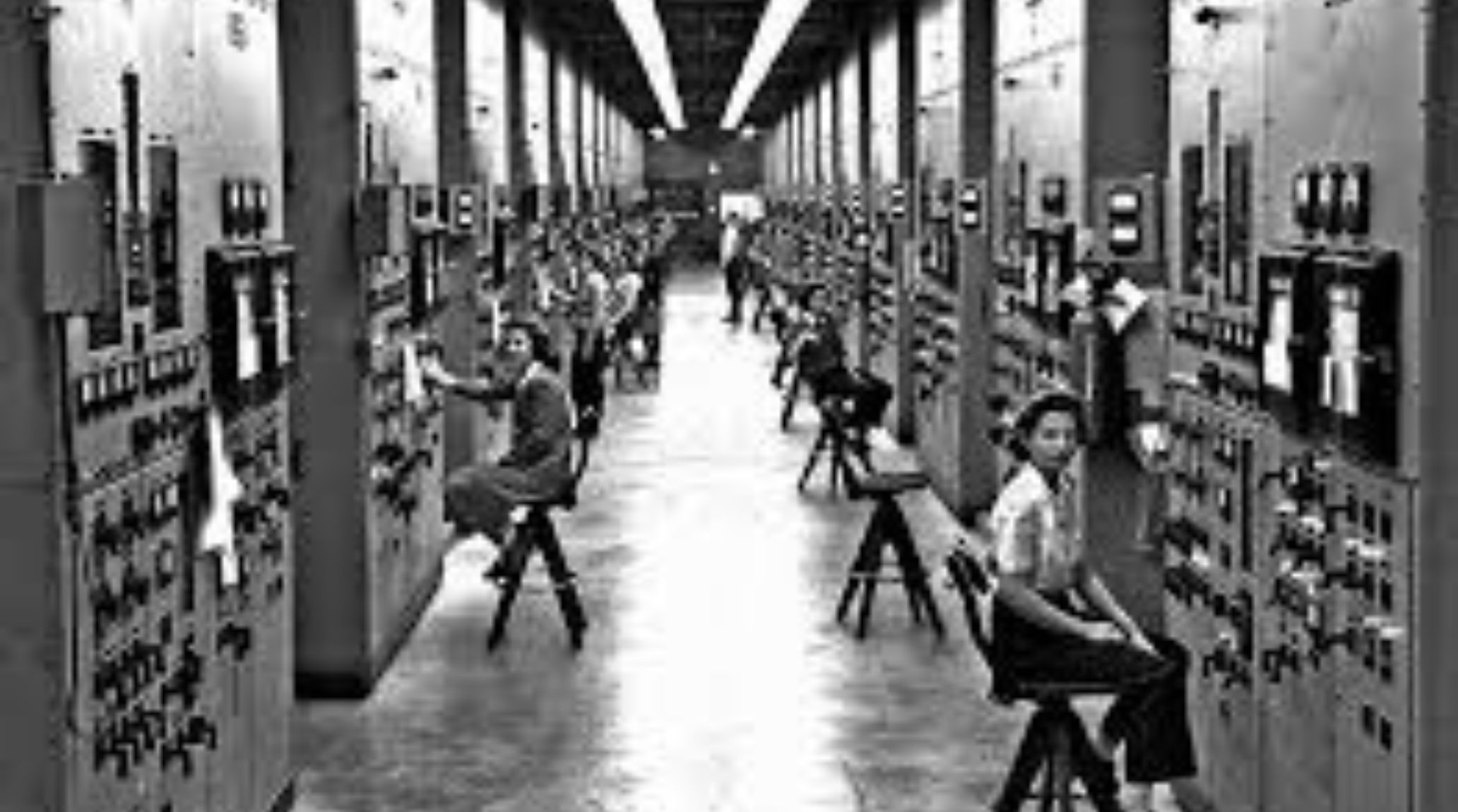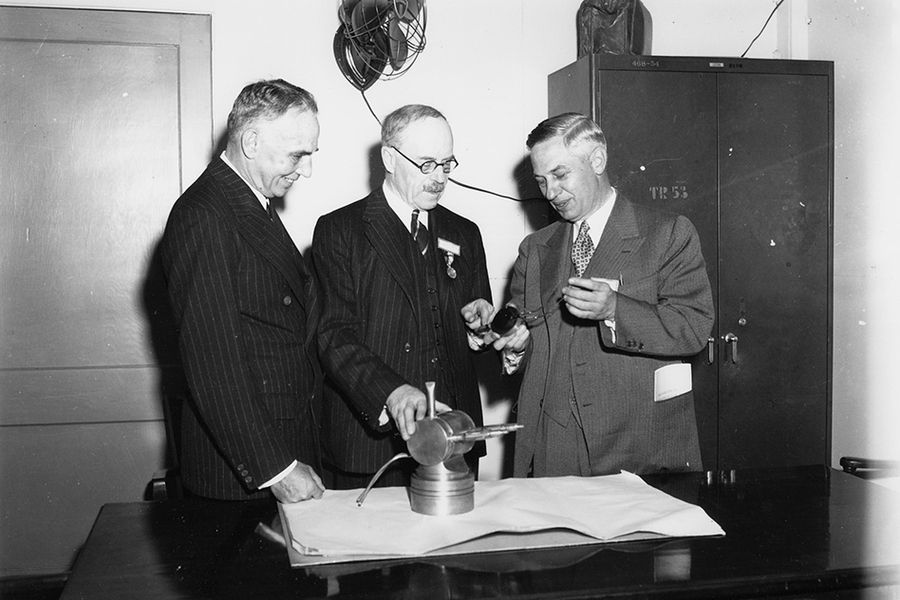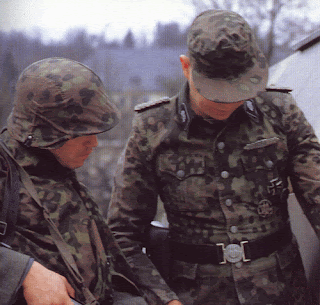
“
World War II was a turning point in the evolution of military technology, influencing not only the course of the conflict but also shaping the future of warfare. From radar and cryptography to jet engines and atomic bombs, technological advancements played a pivotal role in WWII’s strategies and outcomes. In this blog, we’ll explore 20 fascinating facts about how technology’s impact in WWII revolutionized the battlefield, influenced global power dynamics, and left a lasting legacy on modern warfare. Let’s dive into how these innovations changed history.1
1
”
The atomic bomb, developed by the U.S. during the Manhattan Project, marked the start of the nuclear age. It dramatically altered global politics and military power, reshaping post-war geopolitics.1
Pressurized cabins, developed during WWII, enabled airplanes to fly at higher altitudes, improving travel times and passenger comfort, becoming a crucial feature in modern aviation design post-war.2
V-2 rockets, pioneered by Nazi Germany, were the first long-range guided missiles. These weapons, which targeted London and other cities, laid the foundation for future missile technology during the Cold War. 3
The development of jet engines during WWII, although not widely used in combat, led to faster aircraft and became the cornerstone of both military aviation and commercial air travel in the post-war years. 4
Duct tape, created during WWII to seal ammunition cases, became widely used for its strong, waterproof adhesive properties. It remains a versatile tool in various applications to this day. 5

The Tizard Mission, a British initiative, shared critical technologies like radar and jet propulsion with the U.S., boosting Allied efforts and playing a key role in defeating Nazi Germany.
Radar technology, crucial during WWII, allowed for the early detection of enemy aircraft, particularly helping Britain intercept German bombers during the Battle of Britain and in naval operations.6
Synthetic rubber, developed during WWII in response to shortages of natural rubber, became essential in manufacturing military vehicles, tires, and other materials, continuing its use after the war. 7
Superglue, originally discovered during WWII for its clear plastic gun sights, was found to have strong adhesive qualities, leading to its widespread use in medicine and everyday applications after the war.8
The Jeep, created during WWII as a lightweight, all-terrain vehicle, proved invaluable to the U.S. military and inspired the design of modern SUVs, showcasing its versatility in combat.9
The Enigma machine, used by Nazi Germany to encrypt military communications, was cracked by Allied codebreakers, marking a decisive moment in WWII that severely disrupted German operations. 10

Radar's role extended beyond air defense, as it was also used during WWII to detect submarines, significantly enhancing naval warfare strategies and helping in the Battle of the Atlantic.
The proximity fuse, developed during WWII, allowed bombs and shells to explode near their targets, greatly improving the accuracy of artillery and significantly enhancing the effectiveness of air defense systems.11
Jet fighters, although in their infancy during WWII, provided a faster, more agile form of aerial combat that would later define both military and civilian aviation in the post-war world.12
The Colossus computer, the first programmable digital computer, was used by the British to break German ciphers. This technological breakthrough accelerated codebreaking efforts and was pivotal in winning the war. 13
The microwave oven was invented from radar research during WWII when Percy Spencer noticed a candy bar in his pocket melted near radar equipment, leading to the creation of microwave cooking. 14
The development of synthetic fuels during WWII ensured that military vehicles had enough fuel to continue their operations, overcoming the challenge of limited natural oil supplies and aiding wartime logistics.15

Camouflage, including advanced nets and paints, was developed and perfected during WWII to make military equipment harder to detect, providing armies with a tactical advantage during battles.
The Jeep's creation was a response to the U.S. Army's need for a versatile reconnaissance vehicle. It became iconic for its mobility and durability, influencing the design of future off-road vehicles.16
Controlled demolition techniques, including strategic bombing of cities, were refined during WWII, impacting military tactics and raising ethical concerns regarding the destruction of civilian areas in times of war.17


